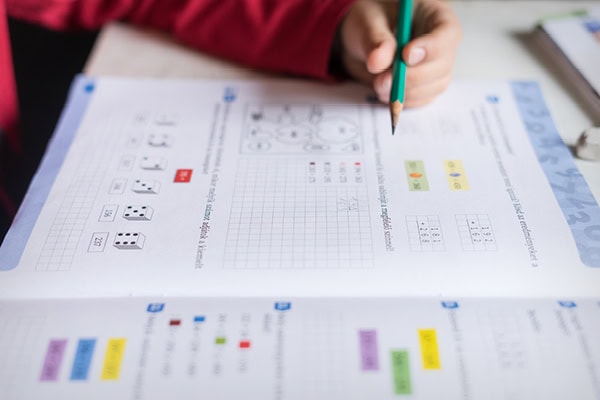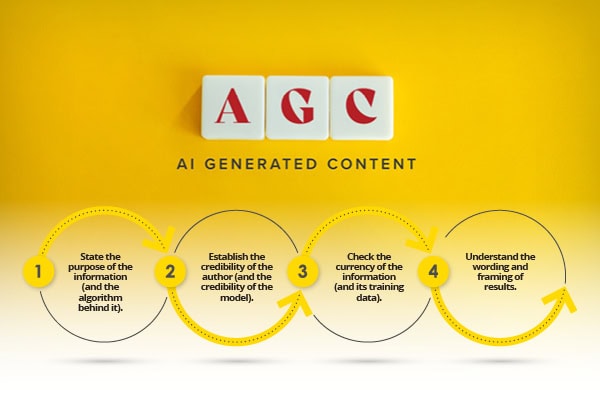Building conflict resolution into curriculum can equip students with a skill they can carry beyond school into the working world, according to K-12 Dive.
One way to implement conflict resolution strategies is making time to practice them before they’re needed, said Claire Schu, senior manager of implementation support at the Collaborative for Academic, Social and Emotional Learning. Students benefit both from practicing these activities and from watching adults, including their teachers, model that behavior.
“Proactive practice with conflict resolution is really important,” said Schu. By acting out conflict resolution before students are “in the thick of a real, personal conflict,” teachers can equip them with strategies and language to work through it.
Embedding social-emotional learning practices in curriculum can help students strengthen their conflict-resolution toolkits by developing related skills such as self-awareness, communication and self-management. These can be developmentally taught across K-12 by teaching students phrases to navigate a verbal tug-of-war.
Schu pointed to one of CASEL’s founders who would speak about the “traffic light model,” which offers young students a way to demonstrate how they respond to conflict based on a simple structure. Under that approach, students learn to “… stop, calm down and think (red light); say the problem, how you feel and talk through possible solutions (yellow light); and try out your best plan (green light),” Schu said.
Schu said one of the better practices educators can bring to curriculum is to showcase conflict resolution skills in their own behavior. Adults can be drawn into conflicts just as students can — and when such situations arise in a classroom or school setting, they may offer a good opportunity for students to see these skills in action.
“When adults model skills such as pausing to manage intense emotions, approaching others with curiosity and willingness to listen, owning up to any harm they have caused, and apologizing authentically, that is a very powerful learning experience — above and beyond what a student would likely take away from a reflection form or made-up skit,” Schu said.
K-12 Dive





